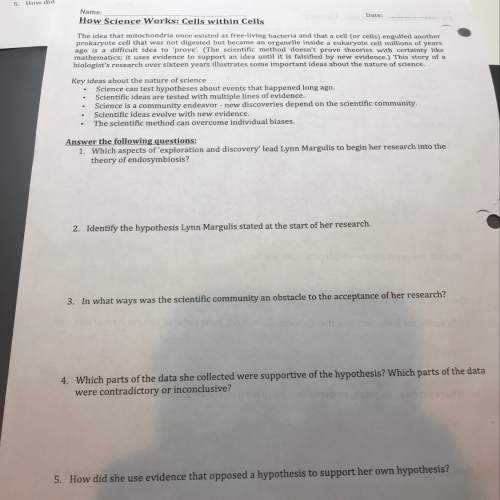CASE 3
ANESTHESIA: General with LMA.
PREOPERATIVE DIAGNOSIS: Patient request...

CASE 3
ANESTHESIA: General with LMA.
PREOPERATIVE DIAGNOSIS: Patient requesting sterilization.
POSTOPERATIVE DIAGNOSIS: Sterilization.(Select a code from the postoperative diagnosis.)
PROCEDURE PERFORMED: Tubal ligation with bilateral Falope-ring application.(Indicates the tubal ligation by Falope ring. This method of sterilization uses a small silastic ring shaped band placed around a loop of each fallopian tube.)
COUNTS: Needle, sponge and instrument counts were correct.
INTRAOPERATIVE MEDICATIONS: 0.25% Marcaine with epinephrine.
OPERATIVE FINDINGS: The left ovary was mildly adhered to the side of the uterus. The right ovary appeared normal. Both tubes appeared normal. The upper abdomen appeared normal. There was a small subserosal fibroid approximately 1 to 1.5-cm on the left upper aspect of the uterus.
DESCRIPTION OF PROCEDURE: After informed consent, Ms. Mathews was taken to operatingsuite #4 and a general anesthetic was administered. She was placed in the dorsal lithotomy position. She was sterilely prepped and draped in the usual manner. A sponge stick was placed vaginally. An infraumbilical incision(The incision is made below the navel.) was made and a non-bladed trocar and sheath were placed. Proper placement was confirmed and insufflation was performed. A suprapubic incision was then made and the suprapubic trocar and sheath were placed under direct visualization.(Indication the procedure is performed laparoscopically.) Findings were made as noted above and the right tube was ligated with the Falope-ring, and then the left.(The procedure is performed on the right and left side.) Pictures were taken to document proper placement.
All instruments were removed and gas was allowed to escape. The sheaths were removed. Marcaine with epinephrine were placed again at the incision sites and they were closed with Monocryl in a subcuticular manner. The patient was allowed to emerge from the anesthetic and was transferred to the Postanesthesia Care Unit in stable condition.
What are the CPT® and ICD-10-CM codes?

Answers: 1
Other questions on the subject: Biology

Biology, 21.06.2019 20:00, annapittbull12
Chlorophyll is found in plant leaves and absorbs light from the sun to enable plants to perform photosynthesis. magnesium is an important component of chlorophyll. the concentration of magnesium ions is higher in the root-hair cells of plants than in the soil. which mechanism of ion uptake would best enable a plant to produce a steady supply of chlorophyll? osmosis diffusion passive transport active transport
Answers: 1

Biology, 21.06.2019 23:50, whitethunder05
Where can you find prokaryotic and eukaryotic cells?
Answers: 2

Biology, 22.06.2019 01:00, akitchen10
An example of internal feedback working to maintain homeostasis is your a. decreased respiration rate when you are studying b. decreased heart rate when you are sad c. increased respiration rate when your muscles need more oxygen d. increased heart rate when your lungs need more oxygen
Answers: 1

Biology, 22.06.2019 03:20, sweetLips230
Mrna decodes information from the original dna master plan to build proteins in the during the process of ribosomes.
Answers: 3
Do you know the correct answer?
Questions in other subjects:


History, 09.06.2021 15:30

Mathematics, 09.06.2021 15:30



Chemistry, 09.06.2021 15:30

Mathematics, 09.06.2021 15:30



History, 09.06.2021 15:30







